Spirit of India
Tamil Nadu India
Mother Masala Tours
A Sacred Land
The southern stretch of the Indian subcontinent - now Tamil Nadu - draws its name from “Tamil,” the classical language of the people, and “Nadu,” meaning land or country. Stone tools dating to around 70,000 BCE show a human presence even during the Paleolithic age. Over millennia, farming settlements arose beside rivers such as the Vaigai and Kaveri, with the earliest mega-sites - like Keeladi - yielding artefacts dated to the 6th century BCE. Stories and songs were carved before palaces, with an unbroken link between the ancient Sangam poets and the everyday traditions that shape the land. The region’s population today exceeds 72 million, thriving where legends mingle with living history.
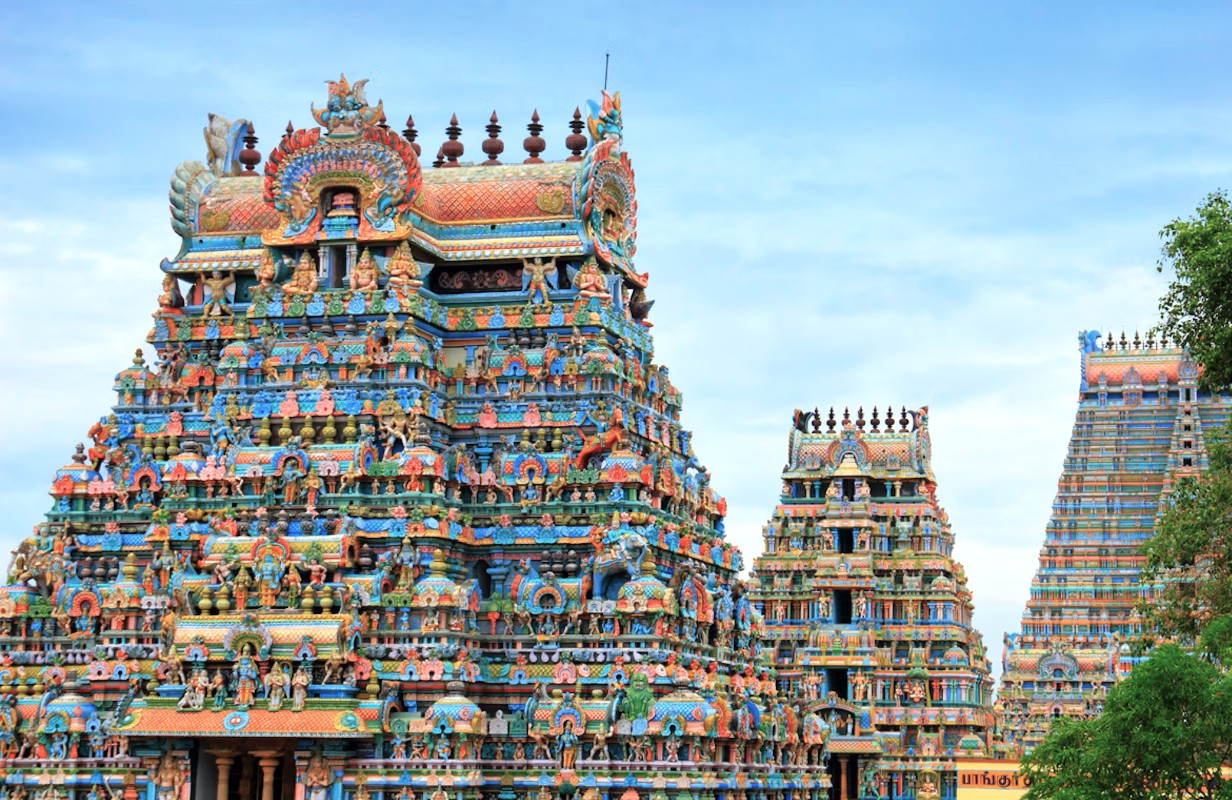
Tamil Nadu India: A World of Poets and Warriors
The Sangam period, spanning approximately 300 BCE to 300 CE, saw the region pulsate with poetry, warrior chieftains, and merchant princes. The Chera, Chola, and Pandya Dynasty families ruled much of the terrain, hosting grand assemblies of poets called “Sangams.” Legendary figures like Ugra Peruvaluthi, Karikala Cholan, and Nedunjeliyan earned repute in epic conflicts and cultural gatherings. The construction of the city of Madurai, under the Pandyas about 2500 years ago, set the stage for literary and political expression. We still feel these influences echo through temple rituals and annual festivals celebrating heroes and gods.
Royal Expansion: Early Cholas and Cheras

Tamil Nadu India. The early Chola Dynasty rose along the fertile Kaveri delta. Karikala Chola, famed for the battle of Venni around the 2nd century CE, is remembered for building embankments and commissioning irrigation tanks, bringing immense prosperity to the region. His lineage included sons such as Kocengannan and successors like Nalankilli, who continued their vital work. The Chera kings, based in the lush western hills, moved trade from dense forests to busy Mediterranean ports. They constructed vibrant port towns such as Muziris, where Roman coins blended seamlessly with local artistry.
Temple Builders: Rise of the Medieval Pallavas
Tamil Nadu India. Between the 4th and 9th centuries CE, the Pallava Dynasty established a new order from their capital at Kanchipuram. Mahendravarman I initiated a flourish of stone-cut shrines, while his son Narasimhavarman I completed the iconic Shore Temple at Mahabalipuram around 700 CE. Legendary battles against Chalukya Pulakesin II, including the recapture of Kanchipuram, infused the royal lineage with tales of resilience. The Pallava court promoted Tamil and Sanskrit learning; the dynasty’s legacy lives on in the daily rituals of stone-cut sanctuaries that once echoed with the music of royal festivals.
Imperial Triumph: Cholas of the South Seas
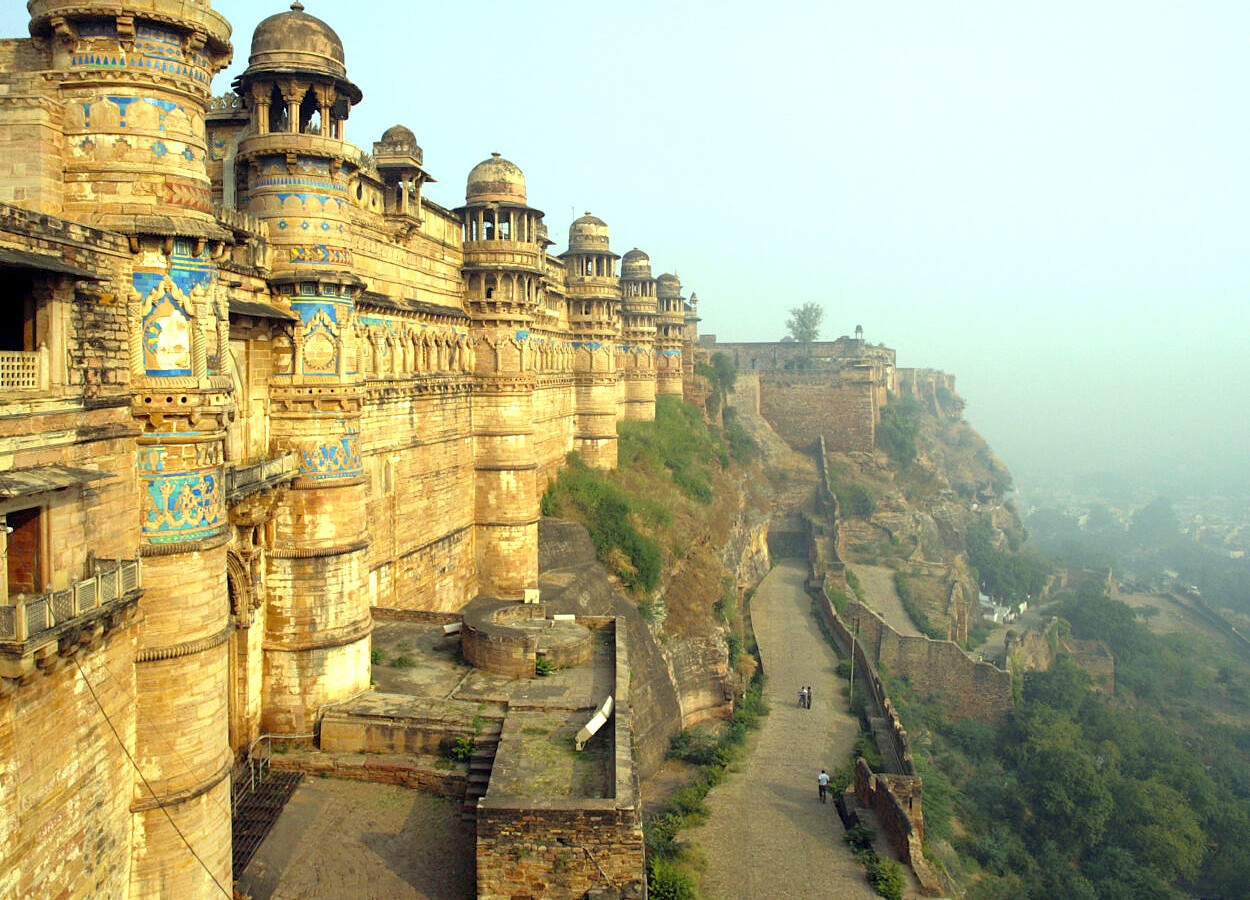
The imperial Chola Dynasty rose to staggering heights under Rajaraja I - ruled 985-1014 CE, who commanded fleets to Sri Lanka and Southeast Asia. The Brihadisvara temple at Thanjavur, completed by his order in 1010 CE, and was consecrated to Shiva in a spellbinding ceremony. This architectural marvel still inspires awe, showcasing their devotion and engineering skill. His son Rajendra I launched powerful naval expeditions as far as the Srivijaya and oversaw the building of Gangaikonda Cholapuram, his new capital. The royal household included queens such as Prithvi Mahadevi and heirs like Rajadhiraja.
Pandya Revivals and Northern Incursions
After centuries of ebb and flow, the Pandyas experienced a resurgence in the 13th century. Jatavarman Sundara Pandyan expanded from the south, rebuilding temple towns, and claimed victories that drew even northern chroniclers’ attention. The dynasty line included rulers such as Maravarman Kulasekara. They resisted invasions from Delhi Sultanate armies led by Malik Kafur - early 14th century, resulting in fierce battles and the tearing down and rebuilding of sacred sites. The turbulent history left a mark not only in stonework but in the annual Chithirai Festival of Madurai, first celebrated in the era.
Era of Conflicts and Vijayanagara Alliance
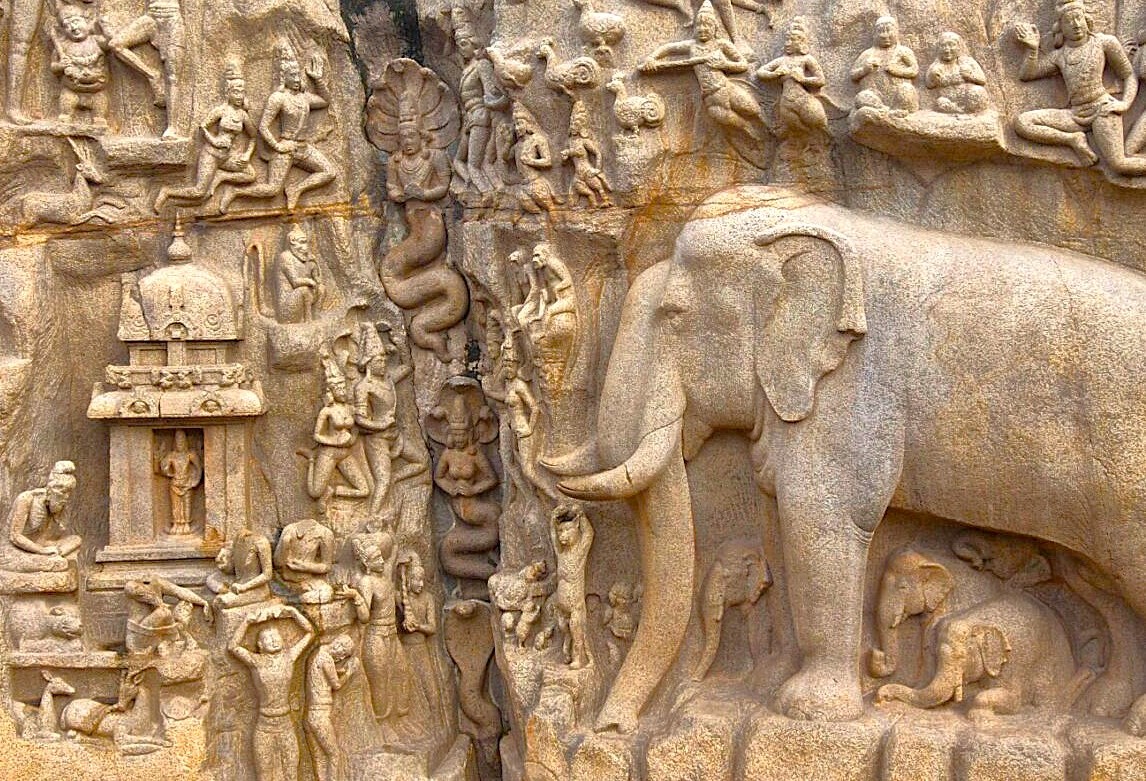
The decline of local dynasties following repeated invasions led to the region’s inclusion in the mighty Vijayanagara Dynasty, from the mid-14th century. General Kumara Kampana, acting under Harihara II’s order, restored revered temples desecrated in earlier wars, breathing new life into sacred sites. Rulers like Krishna Deva Raya reintroduced prosperity, encouraged magnificent art and grand gopurams, revealing incredible architectural brilliance. His queen Chinna Devi participated actively in state affairs. Epic clashes at places like Talikota altered the fate of cities, shaping the course of history.
Nayaks of Splendor: Temples Painted and Fortified
Tamil Nadu India. With the Vijayanagara Dynasty decline, the Nayaks of Madurai, Tanjore, and Gingee emerged, marking the 16th to 18th centuries with lavish patronage. Rani Mangammal, one of the few female rulers, championed civic projects and educational reform. Nayak kings fortified towns, oversaw construction of the wonderful Meenakshi Temple corridors in Madurai, and expanded dance-drama traditions. The Nayak legacy brought drama and spectacle to processions such as the Float Festival, where deities are paraded across sacred tanks, dazzling everyone in the moonlight.
The Myths and Legends
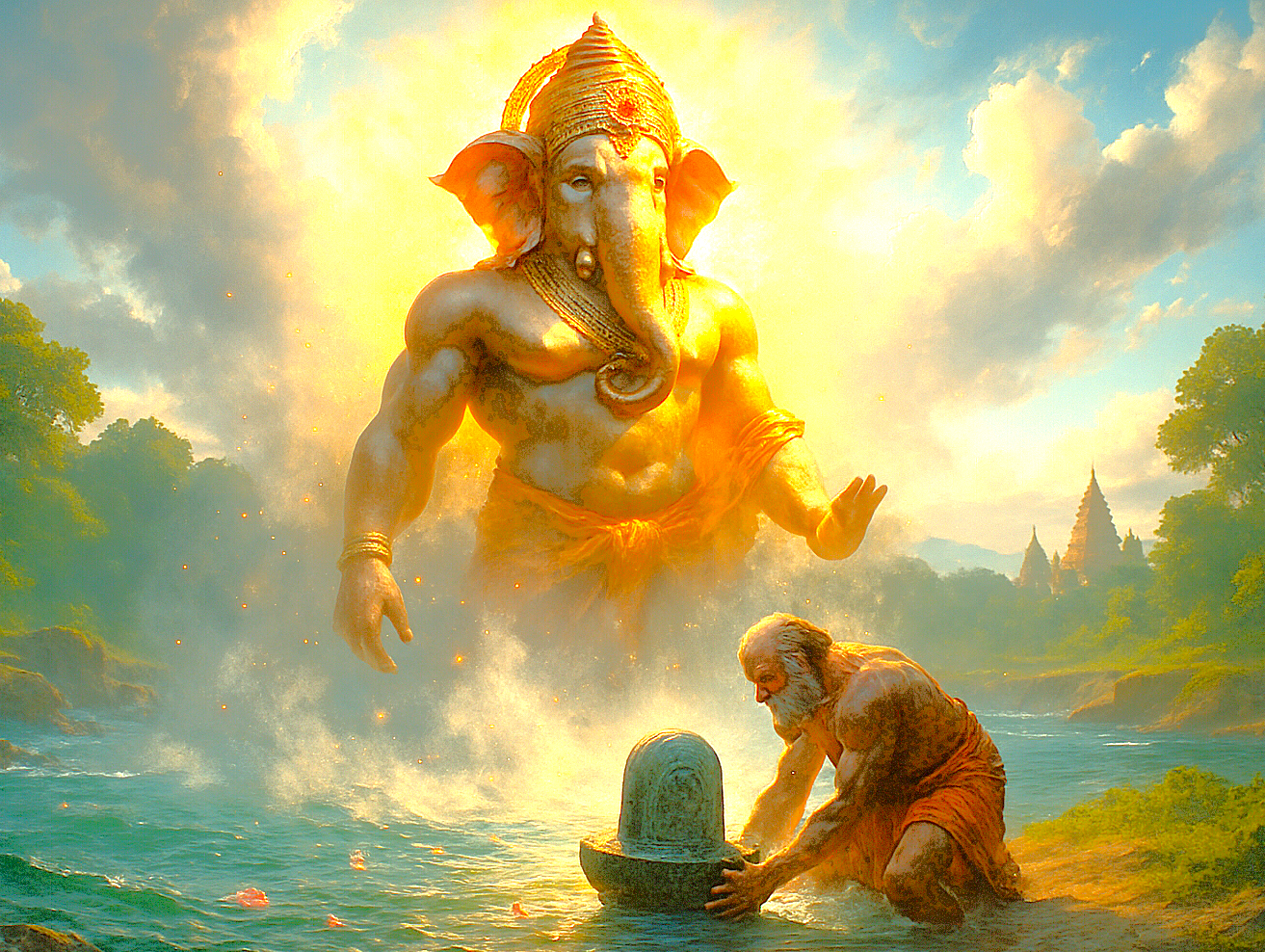
Long ago, the sage Vibishana, brother of demon king Ravana, was given a special idol of Lord Ranganatha by Rama as a reward for his goodness. While carrying the statue to Sri Lanka, Vibishana stopped at Trichy to rest. Ganesha, wanting the idol to remain in India, appeared as a young boy. Vibishana asked the boy to hold the idol and not place it down. Ganesha tricked him and set the idol on the ground, making it impossible to move. Discovered in his true form, Ganesha is worshipped as Ucchi Pillayar. This idol became the heart of the majestic Ranganathaswamy Temple, attracting thousands of devotees.
Colonial Footprints: The British and Beyond
Tamil Nadu India. From the 18th century, power began shifting through the machinations of the British East India Company. Cities like Chennai - established as Fort St. George in 1644 CE - grew around European outposts. Governors such as Elihu Yale lent their names to legacy institutions, while freedom fighters later arose in response. The British left behind an infrastructure of railways, ports, and city plans, but also set in motion movements for local autonomy, stirring a new surge of Tamil identity.
Population, Progress, and Continuity
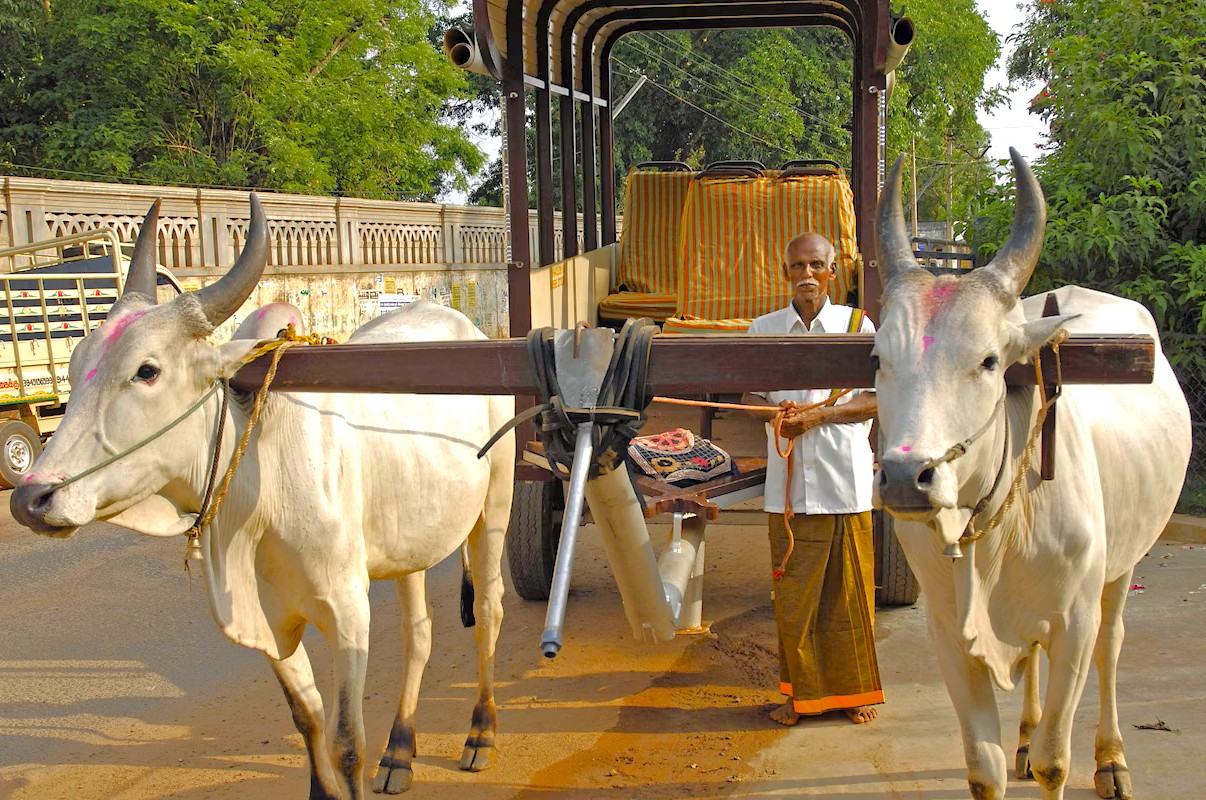
Today, over 72 million people call this region home, upholding traditions and forging new destinies from ancient scripts. The agricultural Kaveri basin, the busy textile places of Coimbatore, the IT lanes of Chennai, and the pilgrimage corridors of Rameswaram and Kanchipuram all pulse with a unique energy. Year-round harvest and temple celebrations - Pongal in January, reflect how ancient cycles continue to shape daily rhythms. This blend of heritage and modernity creates an intriquing landscape. Families gather for festivals, strengthening community bonds and preserving timeless customs.
You’re One Decision Away from Epic
We walk today where Chola kings, Pandya queens, Maratha soldiers, and poet-saints once roamed, each leaving their stamp in stone, story, and spirit. People of every generation have protected voices, music, and faith, allowing them to blend seamlessly into the modern world while never forgetting their roots. Tamil Nadu stands as a classic living civilization - one where dynasties are not in the past, but are continually woven into the hearts of all who are immersed in its spellbinding energy. Discover your edge, come with us.
The Mutual Benefits of Exchange

A traditional bullock cart ride through the beautiful countryside of southern India is more than a scenic journey. In Tamil Nadu, southern India, guests experience daily life and customs first-hand, while locals share proud traditions and unique knowledge. These exchanges create friendships and new understanding. Visitors gain memories and insight, while locals benefit from cultural sharing and support for their livelihoods. This welcoming approach strengthens ties, encourages respect, and helps keep southern India’s heritage alive - making every visit rewarding for both guests and the community alike.